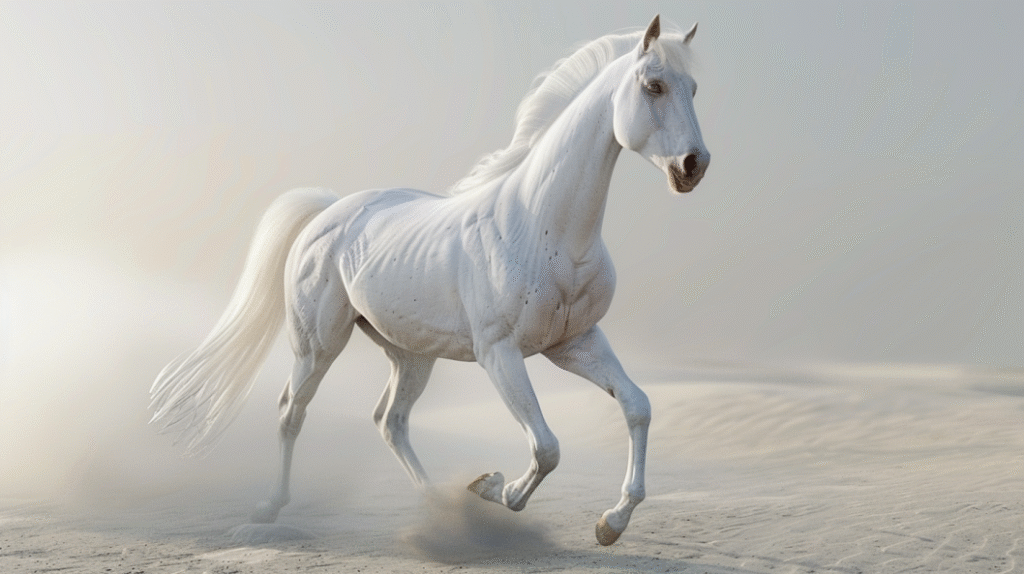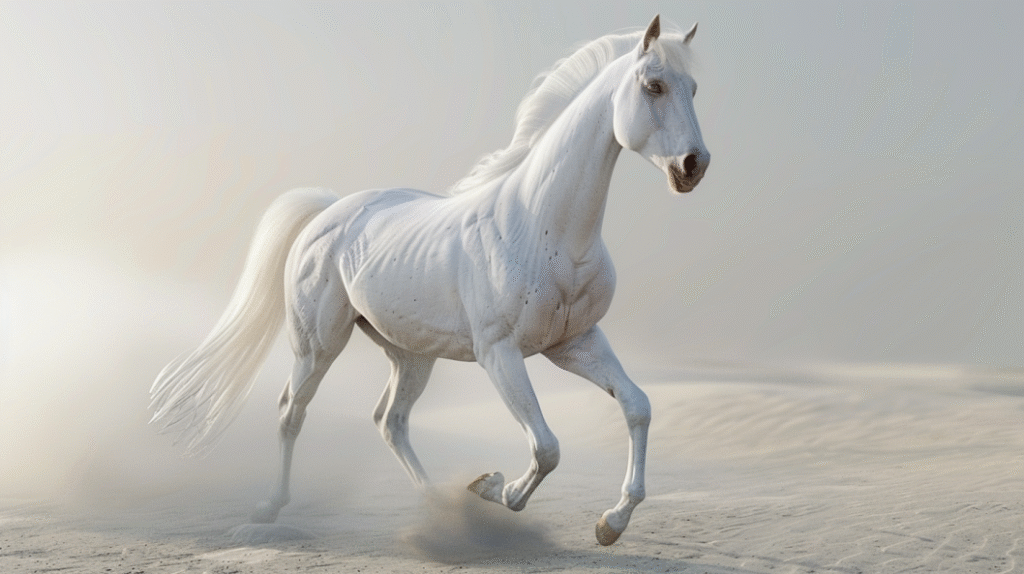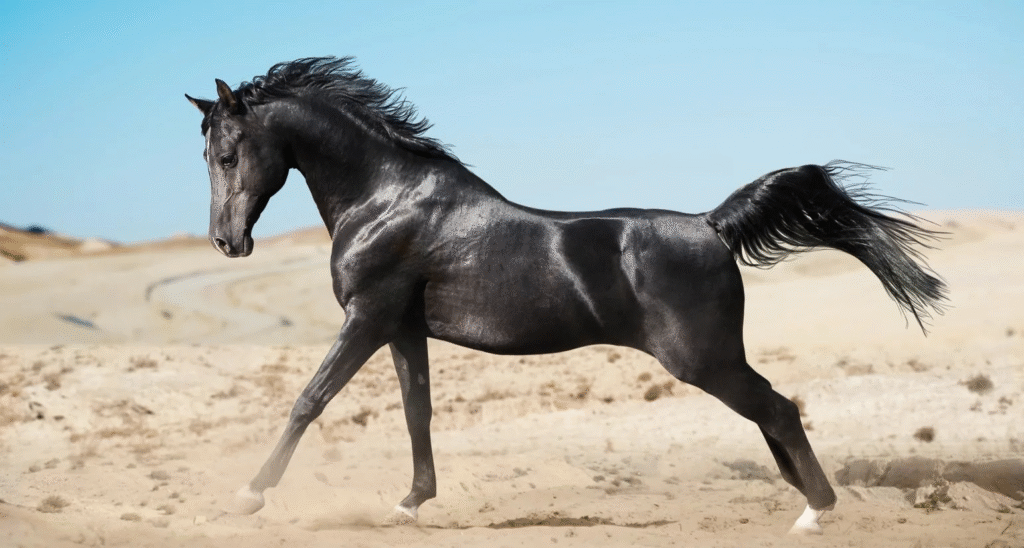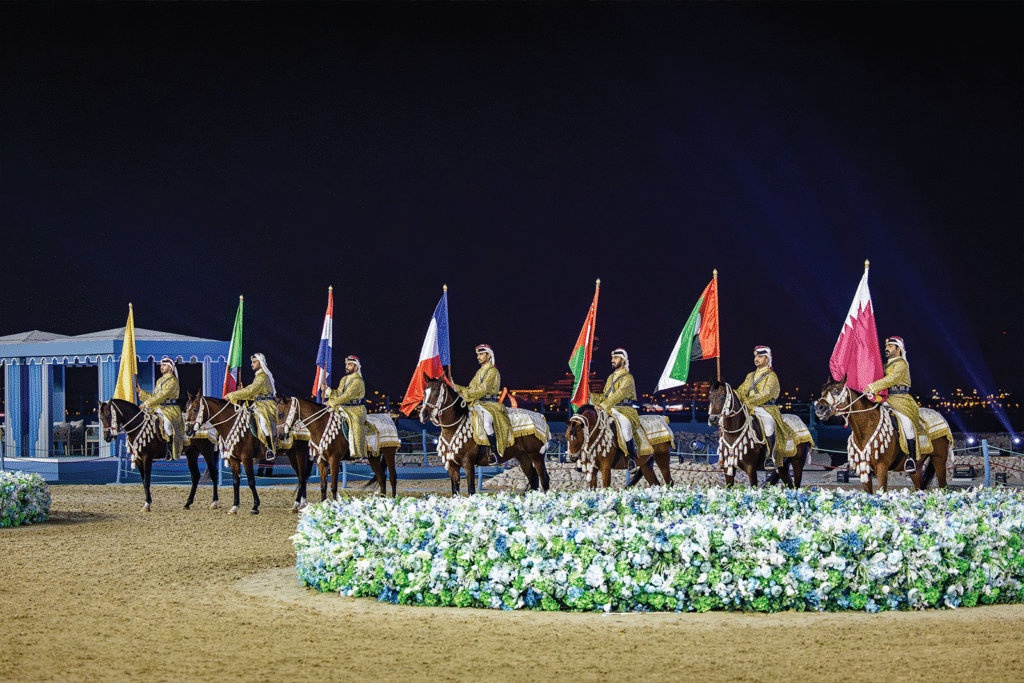Arabian horses aren’t just a beautiful sight; they’re living legends with an unmatched blend of speed, stamina, and spirit. For centuries, these horses have captivated humans with their graceful movement and fierce loyalty. But just how fast are they?
Let’s dive into the world of Arabian horses and explore their top speeds, average performance, and what makes them a dream for both casual riders and competitive racers.
History and Origins

Arabian horses trace their lineage back thousands of years to the deserts of the Middle East. Bedouin tribes prized them for their loyalty, strength, and swiftness. Bred in harsh climates, these horses developed qualities that still define the breed today—resilience, agility, and endurance.
Recognizable Physical Traits
What makes an Arabian horse stand out in a crowd?
- Compact, muscular body
- Arched neck and high tail carriage
- Large nostrils and wide-set eyes
- Short back with powerful hindquarters
These traits are more than just looks—they contribute directly to their ability to run fast and long.
Why Arabian Horses Are Renowned for Speed

Arabians may not be the absolute fastest sprinters, but their consistent pace over long distances makes them elite performers. Their finely tuned cardiovascular systems and efficient muscle use give them a real edge.
How Fast Can an Arabian Horse Run?

Top Speed in Miles Per Hour (MPH)
Arabian horses can reach top speeds of up to 40 MPH (64 KM/H) in short bursts. While they aren’t the fastest breed overall, this is impressive when you consider their smaller size and lighter frame.
Top Speed in Kilometers Per Hour (KM/H)
Converting to the metric system, Arabian horses can run up to 64 kilometers per hour. Their sprinting ability is useful in flat races and short chases, although they truly shine in longer rides.
Sprint vs. Endurance Speed
- Sprint: 35–40 MPH (56–64 KM/H)
- Endurance pace: 10–15 MPH (16–24 KM/H)
In endurance races, Arabians can maintain a steady 10–12 MPH for hours, which is an incredible feat of stamina.
Arabian Horse Average Speed

Average Speed During Long-Distance Rides
In endurance events like 50–100-mile races, Arabian horses maintain speeds of around 10–12 MPH (16–19 KM/H) for extended periods.
Gallop Speed vs. Trot Speed
- Gallop (fastest gait): 35–40 MPH
- Trot (working gait): 8–12 MPH
They may not gallop as fast as Thoroughbreds, but their ability to keep moving efficiently is unmatched.
Comparison with Other Horse Breeds
| Breed | Top Speed (MPH) | Best For |
|---|---|---|
| Arabian | 40 | Endurance |
| Thoroughbred | 55 | Sprint Races |
| Quarter Horse | 50–55 | Short Burst Speed |
| Mustang | 35–40 | Trail Riding & Agility |
Arabian Horse Endurance and Stamina

Endurance Racing Achievements
Arabian horses dominate endurance races like the Tevis Cup and FEI World Endurance Championships. Their ability to maintain a pace over 100 miles is virtually unmatched.
Why Arabian Horses Dominate Long-Distance Events
- Higher red blood cell count improves oxygen transport.
- Lean muscle structure aids in heat dissipation.
- Hard hooves suited for rough terrains.
- Calm demeanor conserves energy.
Factors Affecting Arabian Horse Speed

Genetics and Breeding
Selective breeding over thousands of years has cemented speed and stamina in the Arabian horse’s DNA.
Diet and Nutrition
A high-quality diet rich in fiber, proteins, and minerals supports muscle development and energy output.
Training and Rider Experience
An Arabian horse’s speed potential depends heavily on how it’s trained. Experienced riders can bring out the best in their performance.
Terrain and Climate
Flat surfaces and moderate weather conditions enhance performance. Desert-born Arabians are also naturally adaptable to harsh environments.
Arabian Horses in Competitions

Endurance Riding
This is where Arabian horses shine the most. In 50, 75, or 100-mile races, they outperform many other breeds.
Flat Racing
Although not as common as Thoroughbreds in this field, Arabians do compete in flat races—particularly in the Middle East.
Performance in Equestrian Sports
Arabians are also used in show jumping, dressage, and trail riding thanks to their intelligence and agility.
Speed vs. Intelligence and Agility

How Arabian Horses Balance Speed with Smartness
Arabians are one of the most intelligent breeds. They listen to their rider, assess terrain quickly, and adjust their speed as needed.
Agility on Rugged Trails
They can twist, turn, and leap with remarkable grace. This makes them ideal for treacherous, uneven trails where bulkier horses might struggle.
Why Choose an Arabian Horse for Riding
Ideal for Amateurs and Pros
Whether you’re just learning to ride or competing internationally, Arabians are a solid choice. Their balance of speed, control, and temperament is ideal.
Temperament and Trainability
Arabians are friendly, eager to learn, and bond well with their riders. They don’t just follow orders—they seem to understand them.
Conclusion
So, how fast is an Arabian horse? While it might not hold the world record for sprinting, it certainly wins the marathon. With a top speed of around 40 MPH (64 KM/H) and an average endurance speed of 10–12 MPH (16–19 KM/H), Arabian horses blend speed and stamina like no other breed.
Their resilience, intelligence, and grace make them a favorite not just for endurance racing but for anyone seeking a loyal, athletic companion. Whether you’re sprinting across a field or pacing through the desert, the Arabian horse is a breed that truly goes the distance.
FAQs
What is the top speed of an Arabian horse?
Arabian horses can reach speeds of up to 40 MPH (64 KM/H) in short bursts.
Are Arabian horses faster than Thoroughbreds?
No, Thoroughbreds are faster in sprints. However, Arabians are superior in endurance over long distances.
Can Arabian horses be used for racing?
Yes, they participate in both flat racing and endurance events worldwide.
How long can an Arabian horse maintain its top speed?
Top speeds are maintained only for short durations, but they can sustain 10–12 MPH over long distances.
What makes Arabian horses so good at endurance riding?
Their efficient breathing, lean muscle structure, and calm demeanor make them the kings of endurance.







